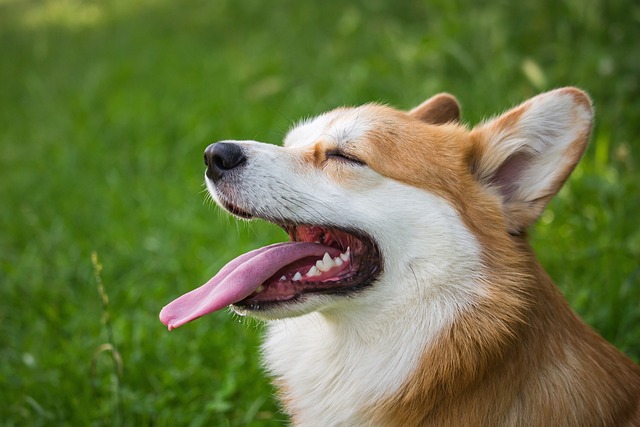
What vitamin is good for dogs' skin
Seeing your dog constantly scratch or noticing dry, flaky skin can make you wonder if a simple vitamin might be the solution.
Huskies, with their thick, fluffy coats, often make owners wonder if a summer shave would help them stay cool. It’s a common assumption—less fur means less heat, right? But anyone who’s spent time around these Arctic-born dogs knows their coats are more complex than they look.
That double coat isn’t just for show. The outer layer has coarse guard hairs that repel dirt and water, while the soft undercoat acts like insulation. In winter, it traps heat close to the body; in summer, it actually reflects sunlight and allows air circulation next to the skin. Shaving removes this natural temperature regulator, leaving them vulnerable to overheating instead of cooler.
Vets and groomers who work with northern breeds often warn against shaving. Studies show that Huskies and similar breeds maintain healthier body temperatures with their coats intact during hot months. One survey of 500 dog owners in warmer climates found that shaved Huskies were 30% more likely to suffer from heat exhaustion compared to those with natural coats.
Sunburn is another hidden risk. Those pale pink skin patches under the fur—especially around the ears and belly—burn easily when exposed. In regions with strong UV rays, like the southern states or coastal areas, this can lead to painful burns and even long-term skin damage. Dog-safe sunscreen works, but it’s an extra step that wouldn’t be necessary with a full coat.
Pests become more of a problem too. Fleas, ticks, and mosquitoes target exposed skin, increasing the risk of diseases they carry. In areas where Lyme disease or heartworm is prevalent, a thick coat provides a physical barrier. Grooming with a deshedding tool removes loose undercoat without stripping the protective layers, keeping pests at bay more effectively.
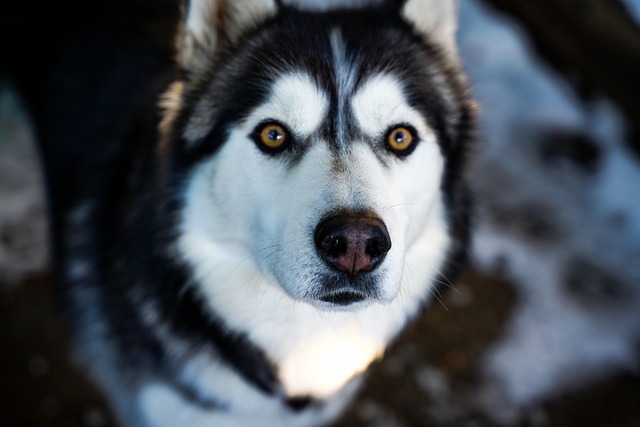 Coat regrowth after shaving can be unpredictable. Some Huskies end up with patchy, uneven fur that never fully recovers its original texture. The undercoat might grow back thicker than the guard hairs, creating a matted mess that traps dirt and moisture. This leads to more frequent baths, which strip natural oils and irritate sensitive skin.
Coat regrowth after shaving can be unpredictable. Some Huskies end up with patchy, uneven fur that never fully recovers its original texture. The undercoat might grow back thicker than the guard hairs, creating a matted mess that traps dirt and moisture. This leads to more frequent baths, which strip natural oils and irritate sensitive skin.
Behavioral changes sometimes follow a shave. Huskies, bred to pull sleds in tight packs, rely on their coats as part of their identity. Owners often report increased anxiety or restlessness in shaved dogs, especially in social settings with other dogs. It’s as if they’ve lost a part of what makes them feel secure in their environment.
There are exceptions, of course. Veterinarians might recommend shaving for medical reasons—like severe matting that causes skin infections, or to apply topical treatments for certain conditions. In these cases, a professional groomer working with your vet’s guidance is essential. Never attempt to shave a matted coat at home; it can tug painfully and risk cuts.
Proper summer care for Huskies focuses on maintaining their coats instead of removing them. Weekly brushing with a undercoat rake removes dead fur, preventing overheating and reducing shedding around the house. Providing shaded areas in the yard and cool water at all times helps them regulate temperature naturally. Early morning or evening walks, 避开 the midday sun, align with their crepuscular nature and prevent heat stress.
Local ordinances sometimes touch on pet grooming practices, though rarely specifically about shaving. However, neglect laws apply—if a shaved dog suffers sunburn or heatstroke due to owner inaction, it could raise concerns. Animal control officers in some areas have cited owners for improper care related to extreme grooming choices, emphasizing the need for breed-appropriate practices.
Understanding the breed’s history sheds light on their needs. Huskies developed their coats in Siberia’s brutal winters, but those same coats evolved to protect them from the intense summer sun of the tundra. Their bodies are designed to handle temperature extremes through that fur, not despite it. Respecting that biology is key to keeping them healthy.
For new Husky owners, the urge to shave often comes from good intentions. Seeing your pup panting in the heat triggers a desire to help, but there are better ways. Freezing treats, setting up a kiddie pool for them to splash in, or keeping the house cool with fans are all safer alternatives. These methods work with their natural physiology instead of against it.
The answer, in most cases, is clear: leave that Husky coat unshaved. It’s a remarkable adaptation that serves them far better than a razor ever could. With proper grooming and care, your Husky will thrive through the summer, looking and feeling like their authentic, fluffy selves.

Seeing your dog constantly scratch or noticing dry, flaky skin can make you wonder if a simple vitamin might be the solution.
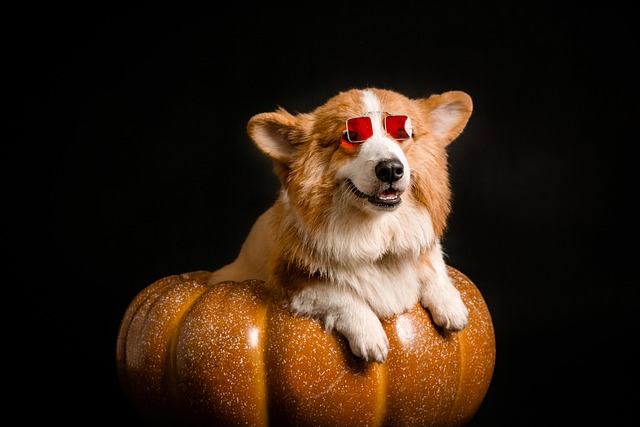
If you’re a new dog parent in the US—maybe you’re sitting on your Portland apartment couch, staring at your 1-year-old Australian Shepherd
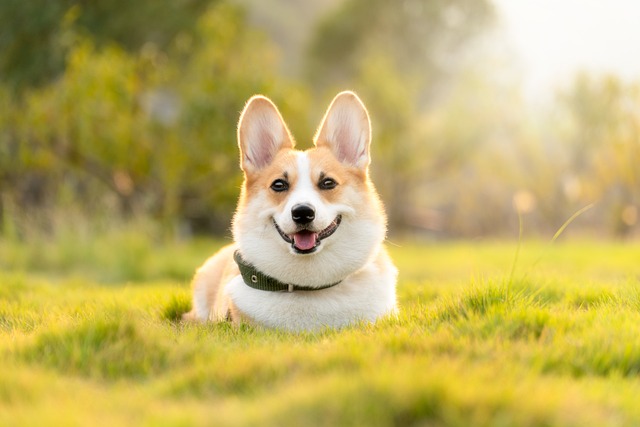
If you’re a new dog parent in the US—maybe you’re sitting on your Atlanta apartment floor, holding your 6-week-old Beagle puppy, Daisy, who’s curled up in your lap
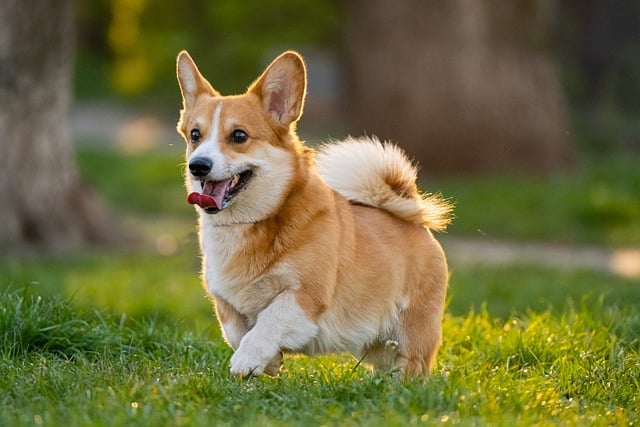
If you’re a new dog parent in the US—maybe you’re standing in your Denver apartment’s kitchen, staring at a bag of high-quality puppy kibble and a bottle
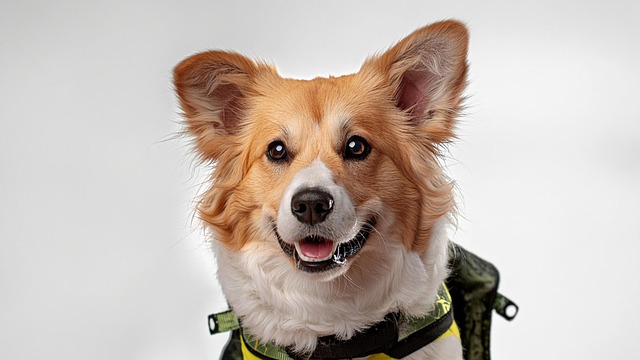
Seeing your puppy grow daily is amazing, and it’s natural to want to give them every advantage, including supplements.
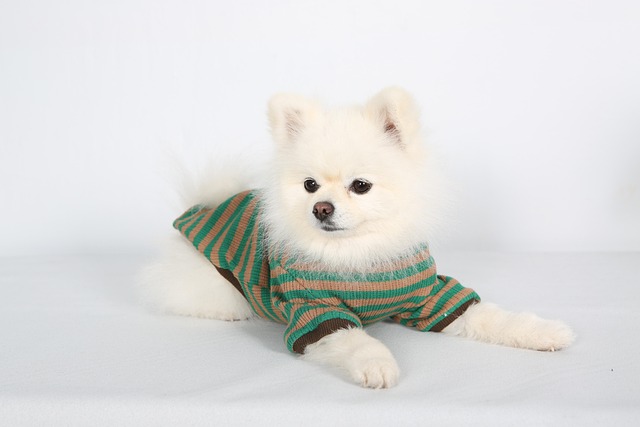
Brown stains on white dog fur aren’t just unsightly—they can also hint at underlying issues like tear duct irritation or poor grooming habits, which matter even more when you’re following local pet care laws.